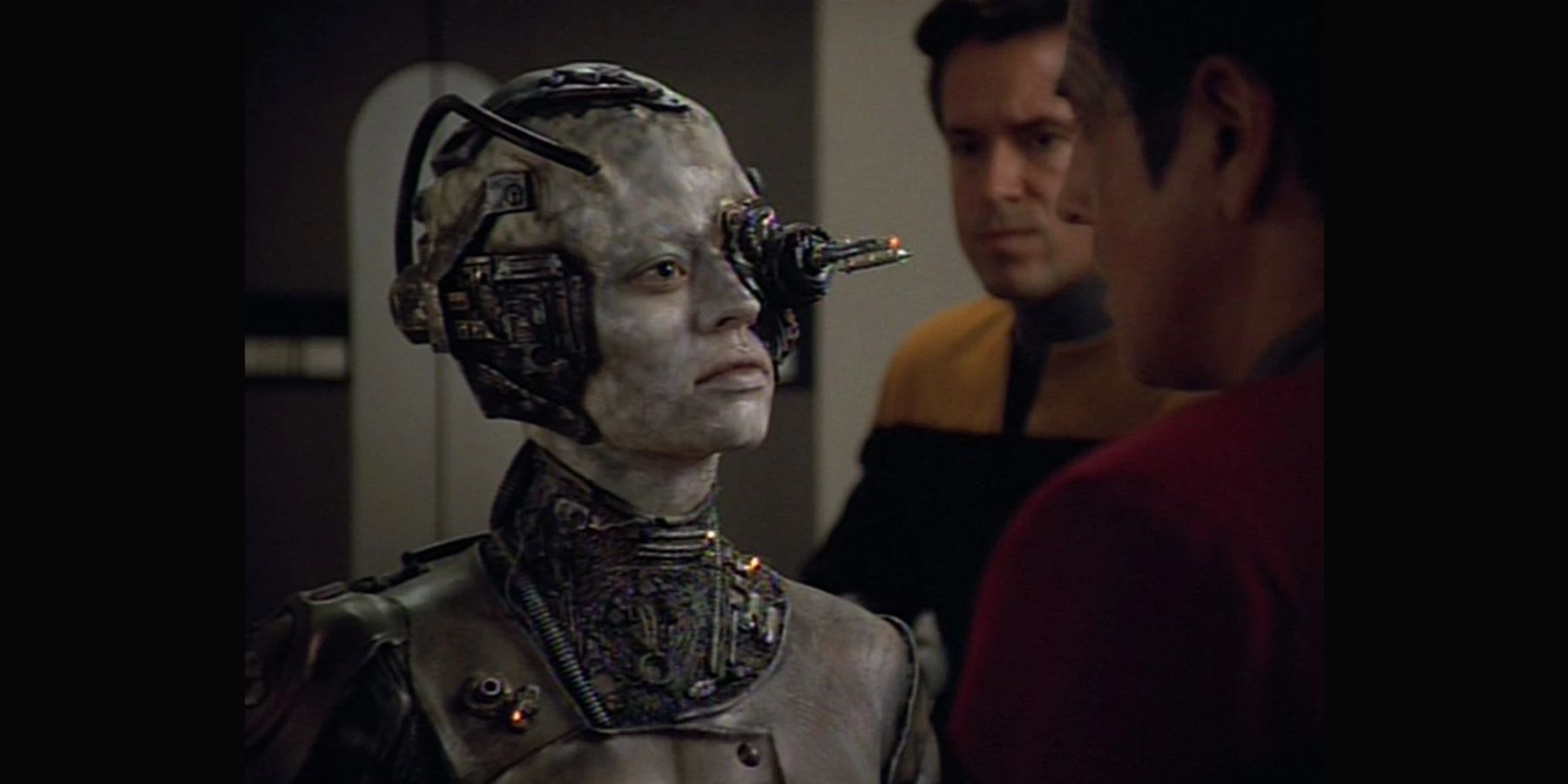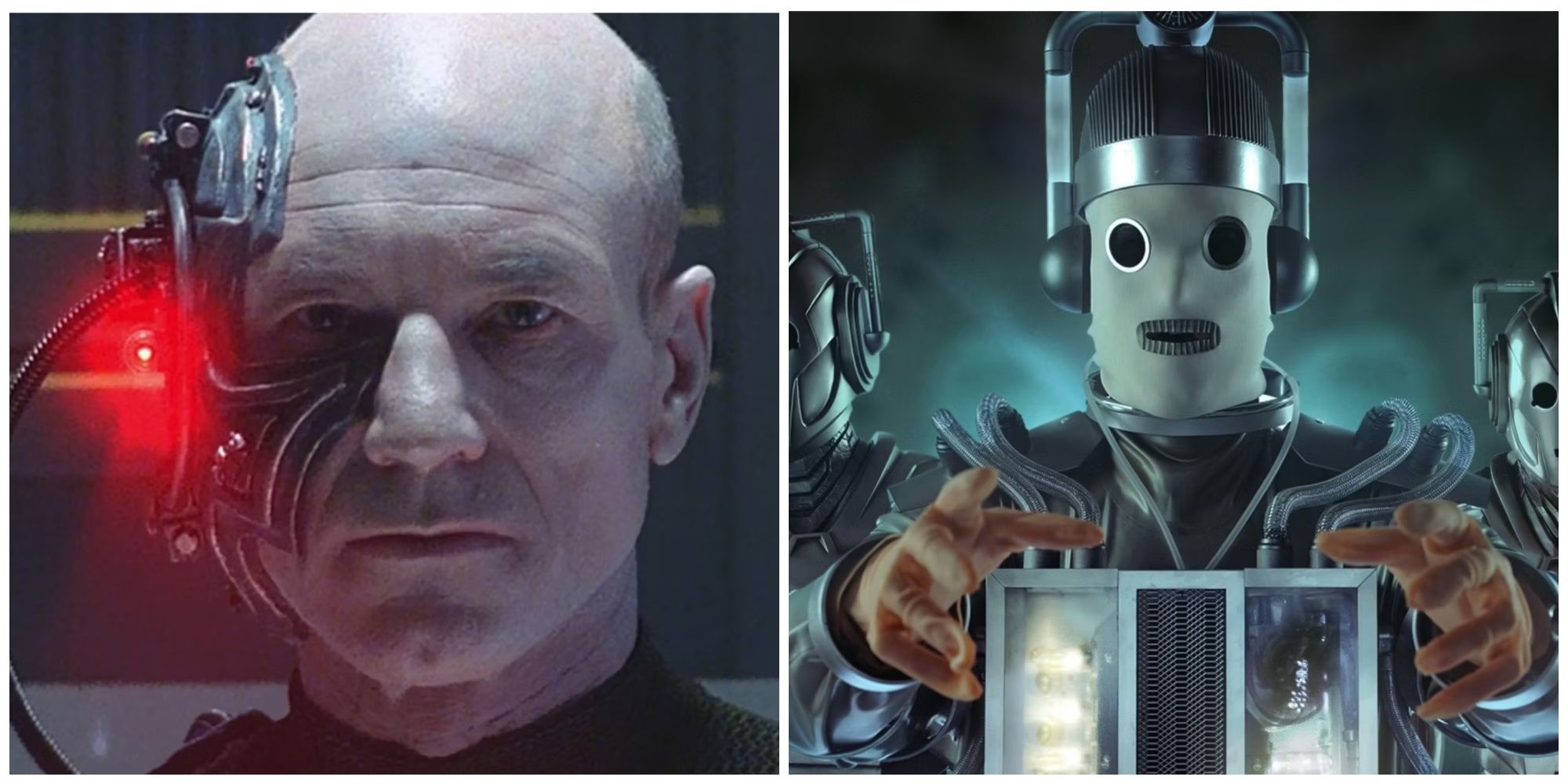The fear of robotics and artificial intelligence getting out of hand is nothing new. Science fiction has always reflected on new technologies, and the good, bad, or just plain weird potential it can have. The world of robotics is a classic topic for sci-fi writers to explore, to the extent that robots, androids, and AI have become staples of the genre.
Cyborgs, amalgamations of human and machine, are a common trope through which sci-fi writers explore humanity's relationship with technology. Star Trek and Doctor Who, two of the most famous and longest-running science fiction properties around, have both featured cyborgs in several stories across their respective franchises. However, each one has a race of recurring cyborg antagonists. Star Trek has the Borg, the hive-mind of drones bent on assimilating all knowledge in the universe. Meanwhile, Doctor Who has the Cybermen, former humans who slowly replaced more and more of themselves with machinery, until they even replaced their own emotions.
Even in the brief descriptions of these two monsters, a few parallels between the two become clear. The Borg and the Cybermen play similar roles in their respective stories, and carry a similar message. Their motives are strikingly alike, and perhaps most importantly, they count on the same human fears to convey a threat to viewers.
Who Are The Cybermen?
After the Daleks, the Cybermen are the oldest recurring monsters in the Doctor Who franchise. They made their debut in 1966, in the First Doctor serial "The Tenth Planet," in which they are portrayed as the residents of Earth's "twin," Mondas, which was knocked out of orbit long ago. Initially, the Cybermen were borne out of desperation to survive. As Mondas no longer orbited its sun, life there became closer and closer to impossible. The Mondasians began to replace parts of their body with machinery, turning themselves into cyborgs. They even removed their own emotions, seeing them as a weakness. Eventually, their goal became not just to survive, but to remove any and all weaknesses that a human could possess.
The Cybermen appeared several times throughout the classic series, and made their New Who debut in 2006 with "Rise of the Cybermen." They underwent a fundamental change, though, in Series 8 of the modern show. Missy, a regeneration of the Master, converted corpses from all over Earth into Cybermen, creating an army for herself. Though the Twelfth Doctor managed to defeat them, they would eventually make a later return during the Thirteenth Doctor's reign.
Like the Daleks, the Cyberman always find a way to come crawling back. A staple of the series, they return bigger, tougher, and more dangerous every time.
Who Are The Borg?
Following their first appearance in The Next Generation, the Borg rose to prominence as one of the most recognizable — and most terrifying — Star Trek villains. First appearing in 1989, the Borg went on to become a major antagonistic force in Voyager, and to a lesser degree in Deep Space 9. Unlike the Cybermen, their origins are much more mysterious, but they're just as fearsome.
The Borg operate as a hive mind, a collective consciousness that aims to assimilate all knowledge in the universe, in the hope of making themselves into a perfect species. They assimilate any intelligent life they encounter, adding their knowledge to the hive mind and turning the individuals into drones. What they cannot assimilate, or do not find useful, they destroy. The Borg are powerful, calculating, unfeeling, and incredibly technologically advanced. Together, these traits make them a sinister foe.
How Are The Cybermen & The Borg Similar?
Conversion and Assimilation
The most obvious similarity between these two villains lies in the core threat that they pose: the erasure of individuality and humanity. The Cybermen convert; the Borg assimilate. In both cases, the victim essentially dies. There is nothing left of the person they once were, and their loved ones mourn them as if they were killed. Yet, it is a death without rest. Trapped in a shell of their former selves, the souls of the converted or assimilated cannot be at peace. Denied minds of their own, they work as slaves to the collective.
There are a few cases of Borg drones being brought back to their former selves; most notably, Jean-Luc Picard and Seven of Nine. It appears that the time one has spent as a drone does not matter, as Seven had been part of the collective for eighteen years. However, these cases are quite rare, considering how dangerous it is to infiltrate a collective and try to take back a drone.
In Doctor Who, however, there is no case of a Cyberman conversion having ever been undone. The closest example is the case of Bill Potts in the episodes "World Enough and Time" and "The Doctor Falls." Despite being physically converted into a Cyberman, Bill managed to reject the mental conversion, becoming essentially a human consciousness in Cyberman form. However, Bill's body was never restored. After her physical body died, her consciousness became a Sentient Oil creature like her lover Heather, and the two left to travel the universe together. The physical process of Bill's cyber-conversion was never reversed, unlike Picard or Seven's Borg assimilations.
Clever and Creepy Design
There's an element of body horror involved in the portrayal of both enemies. The Borg, since their first appearance, have been deeply unsettling to look at. They retain some features from whatever humanoid race they once belonged to, but they have been twisted and distorted. Their skin is pale and shot through with dark veins, creating an almost corpse-like effect. They lack hair, their bald heads another means of maintaining uniformity. And then, of course, there are the cybernetic implants. The robotic bits and pieces that sprout from the eyes, hands, and spines of the Borg serve as a reminder that if these things were ever human, Vulcan, Klingon, or any other species, all traces of their culture and heritage are gone now.
The Cybermen, meanwhile, haven't always had a body horror element. They, too, have always had a certain creepiness to them, starting with their strangely singsong voices in "The Tenth Planet." But for the most part, they simply looked like robots — until they became part of Missy's schemes. Viewers got to see rotting, reanimated corpses piloting these robotic suits, resulting in chills and revulsion. Doctor Who took Cyberman body horror to the next level in the Series 12 episode "The Haunting of Villa Diodati," in which a half-converted Cyberman inspires Mary Shelley to write Frankenstein.
The Psychology Of The Borg & The Cybermen
Though there are plenty of comparisons to be made on the surface, the Borg and the Cybermen have deeper similarities as well. They have a common motive for their totalitarian goals: perfection. The Borg seek to make themselves the superior race of the galaxy by assimilating all information; the Cybermen seek to perfect humanity by destroying weakness. They both serve as a narrative device with which to ask audiences: Can technology achieve perfection? And what would we sacrifice to get there?
Both the Borg and the Cybermen reflect the human fear of losing one's identity, and the fear of robots replacing humans. Both of these beings force people into their ranks one at a time, literally replacing their humanity with machinery. That fear was present in 1966, it was present in 1989, and it's more relevant than ever today. AI and robotics can never create a substitute for human identity, voice, and creativity. Like the Borg and the Cybermen both strive to prove, humanity's strength lies in its emotions, its compassion, its individuality, and even its weaknesses.

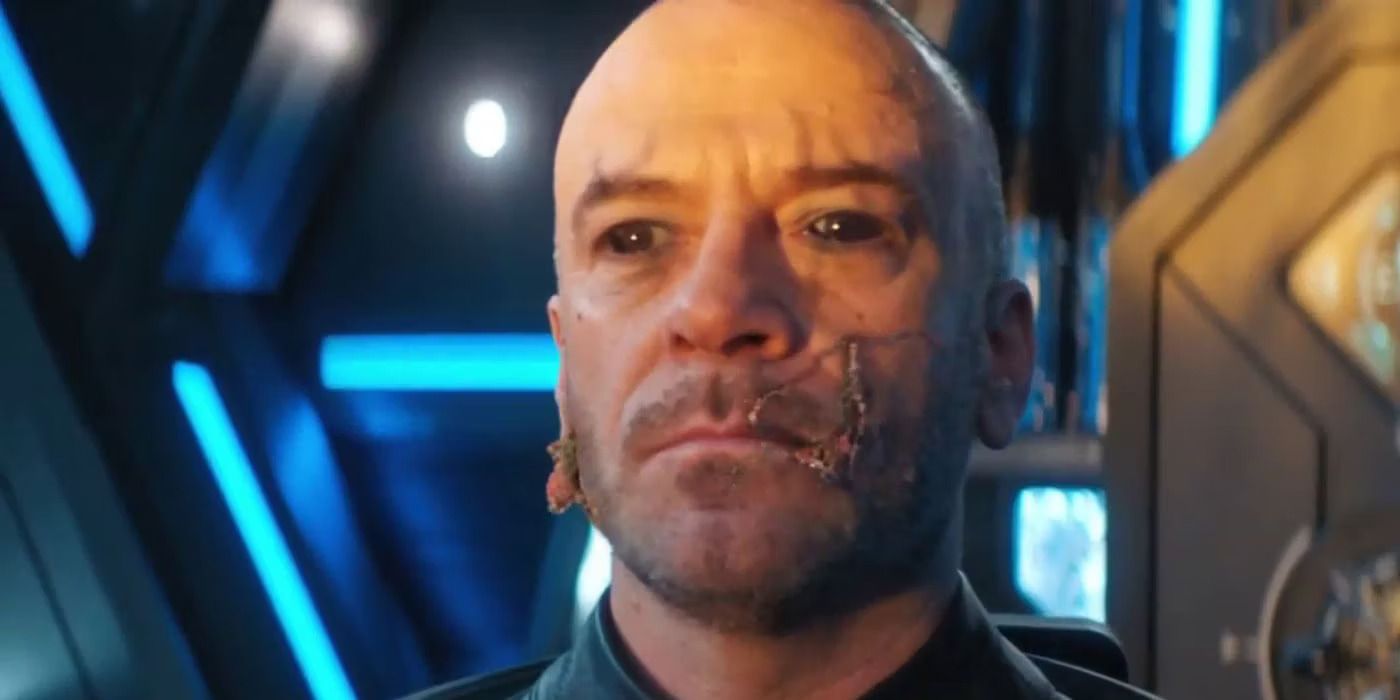
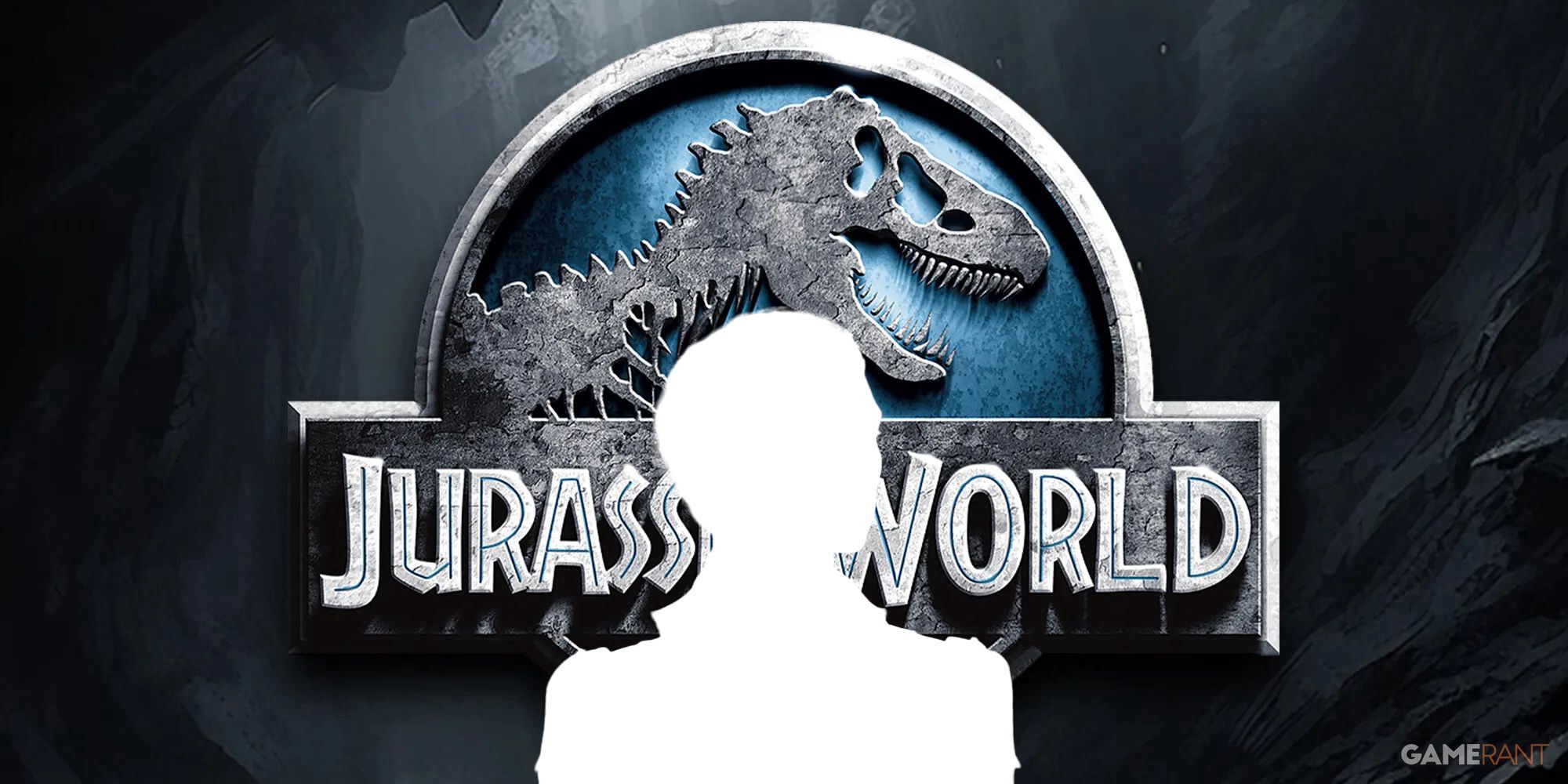

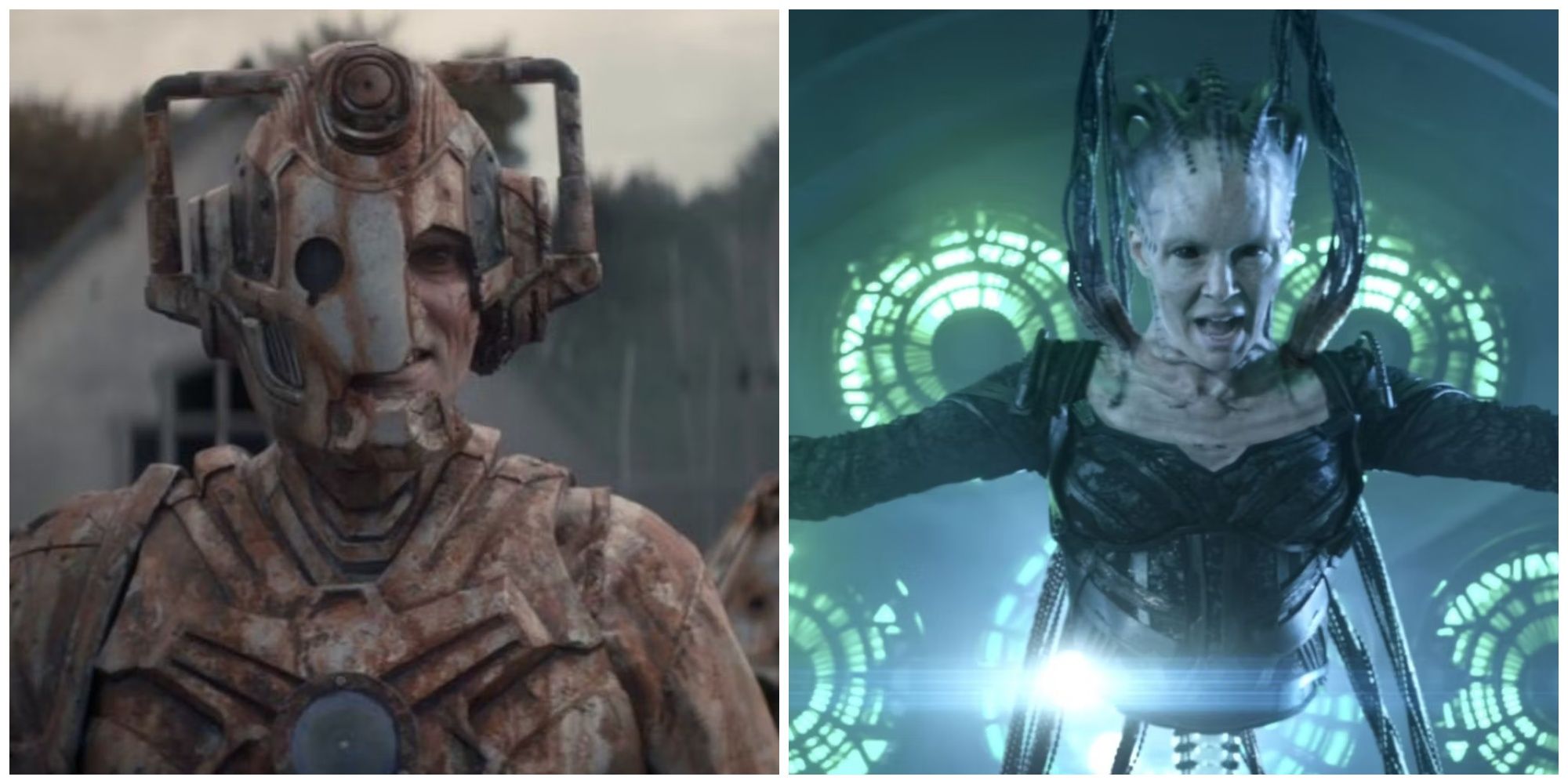
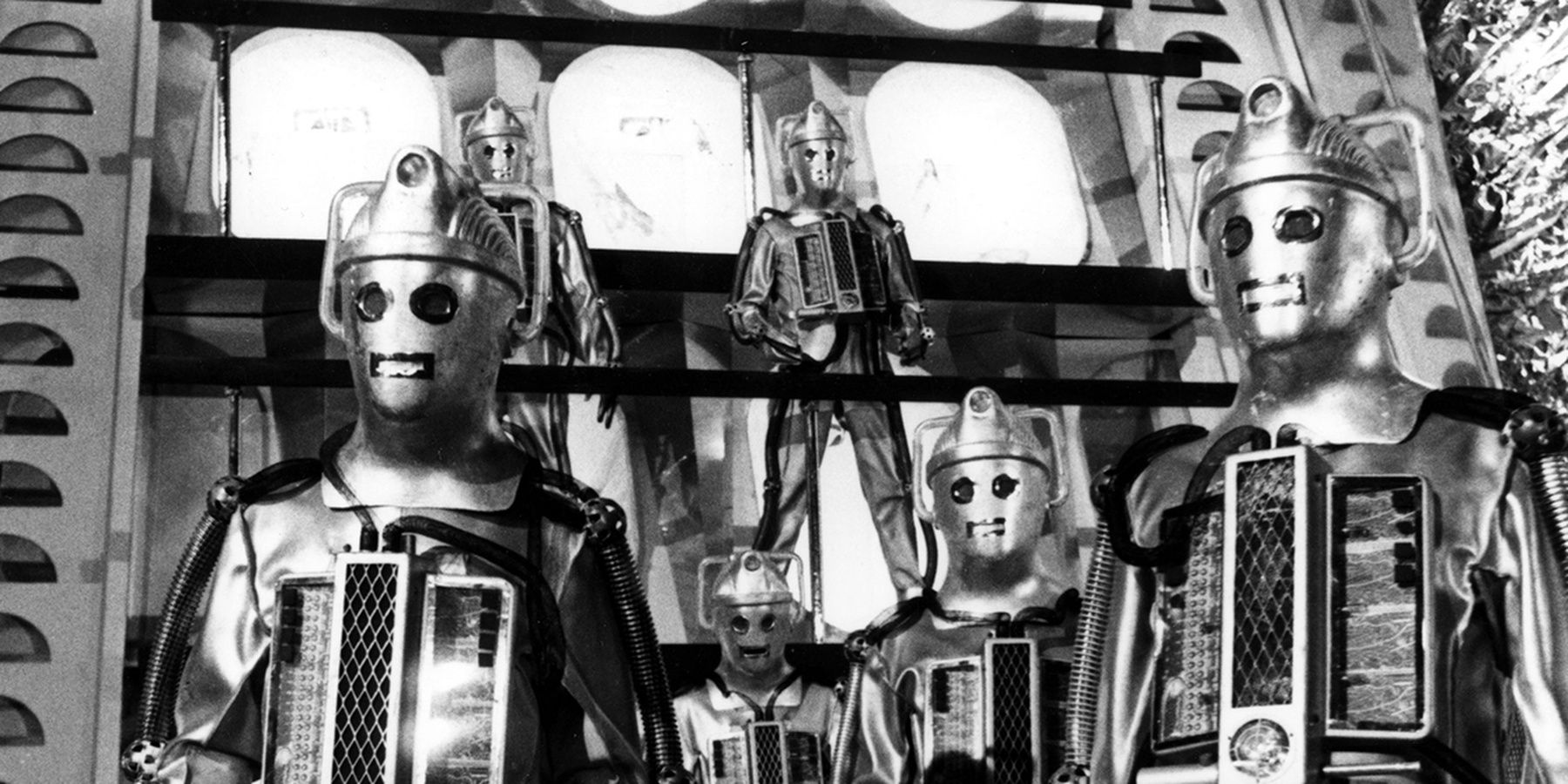
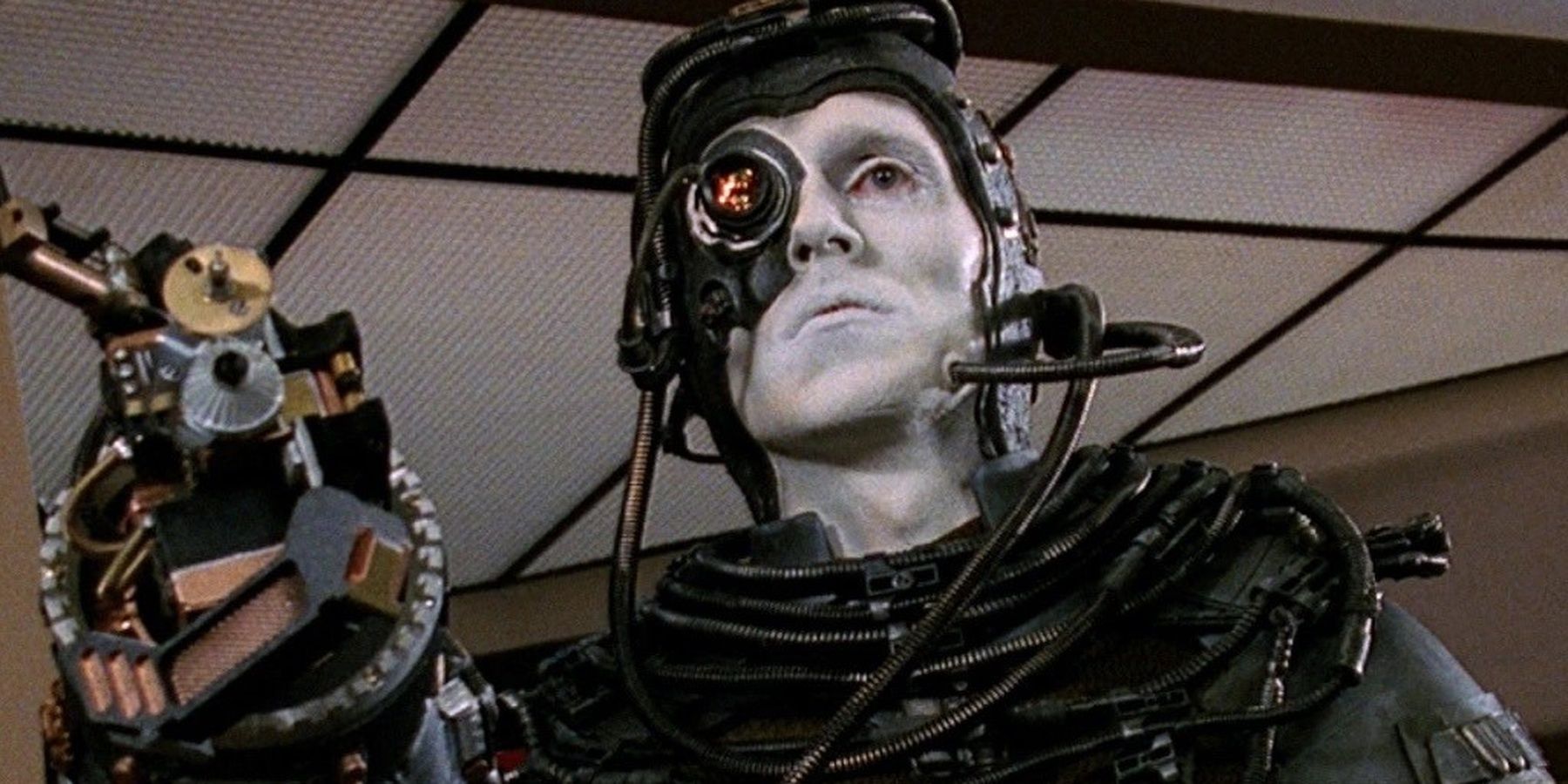
.jpg)
